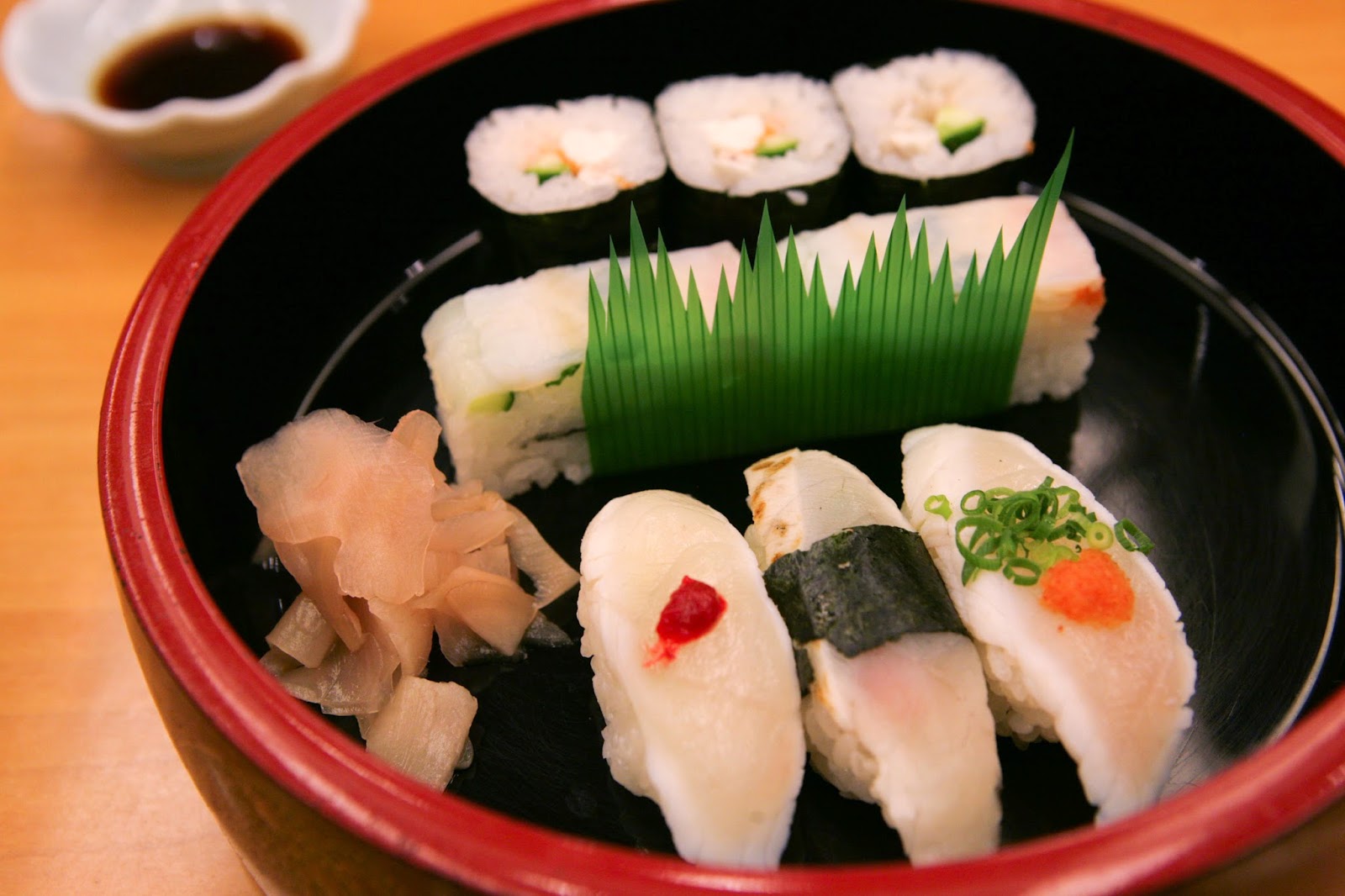

FUGU JAPANESE FREE
It is boiled briefly and dipped in Ponzu before eating.Is Fugu™ A free font? Is Fugu™ Free to Download?
FUGU JAPANESE SKIN
The skin is gelatinous and is tasty with a firm and crunchy texture. You eat the skin as well it is not thrown away. It can also be served in other ways, such as a hotpot where you can enjoy the soft meat, in a seasoned rice porridge letting you taste the umami flavor in the broth, or deep-fried with a crispy batter outside and juicy meat inside. For relish, you eat it dipped in Ponzu (soy sauce blended with citrus juice) together with seasonings like chopped young green onions, grated daikon radish, and chili peppers. When served as sashimi, it has a firm texture and has a sweet flavor that fills your mouth as you chew it. Sliced fugu is white in color and has a refreshing, light taste. The Japanese government manages and restricts the handling of fugu, and it imposes severe punishments through regulations on fugu that are based on the Food Sanitation Act. Once the poisonous parts of the fugu are removed during the preparation process, there is a legal obligation to keep them in a special lockable storage container and burn them, or dispose of them in another way that will not result in danger to health. You can enjoy their delicious taste through the creative preparation methods of fugu handlers.
FUGU JAPANESE FULL
Fugu have a lot of collagen, and are full of fiber. This dish looks beautiful like a flower, and you can see the pattern on the plate through the meat. This dish is called “ Tessa,” or fugu sashimi. After the poison is removed, handlers cut the meat into thin slices with a knife, and serve these slices on a plate. These are two more reasons why fugu are seen as a luxury type of fish. More parts are disposed of than the edible parts overall, and it takes time and effort to cut up the meat. In the process of preparing fugu, handlers remove the parts with poison in them, and they use a lot of water to wash away the blood from the meat. There is a legal obligation where only qualified fugu handlers can serve fugu meals, so you can safely eat dishes with fugu at restaurants in Japan. This is because the Japanese Government manages a system for training fugu handlers.

The Reason Why You Can Eat Fugu Safely in Japanįugu are recognized as poisonous fish around the world, but you can eat them safely and with peace of mind in Japan. This demonstrates how fugu have been an appealing type of food for Japanese people since ancient times. The ban was taken away across Japan, bit by bit.

At the end of the 19th century, Western culture spread across Japan, the ban on eating fugu was removed in Yamaguchi Prefecture, owing to action from Prime Minister Hirobumi Ito. Many soldiers suffered from fugu poisoning at this time, and so a decree was issued to ban people from eating fugu. There were many wars within Japan around the 17th century AD. Japan is an island surrounded by the sea, and people in the country used creative methods to prepare and eat fugu since ancient times, even earlier than the 4th century BC. The Torafugu or tiger puffer, known as the king of fugu In Japan, people say that someone “wants to eat fugu but does not want to lose their life” (“ Fugu wa kuitashi inochi wa oshishi” in Japanese) when referring to someone who is hesitating about taking action for something that is dangerous. Fugu are high in protein and low in calories, and they have many nutrients such as vitamins and minerals, making them a tasty food that is good for beauty and health. There are about 22 types of fugu used for food in Japan. For this reason, there are qualified fugu handlers who have the right skills and knowledge. The poisonous areas vary depending on the type of fugu, so it is extremely dangerous. The poison called tetrodotoxin in fugu is said to be 1,000 times stronger than potassium cyanide. There are about 350 types of puffer fish around the world, and about 35 types of fugu in the seas around Japan. People Want to Eat It, even if It Is Poisonous!! The Food Culture and History of Fugu in Japan This article describes the delicious taste, the safety measures, and the appeal of fugu, a type of fish that Japanese people love. Because of this system managed in general by the Japanese government, you can rest assured as you eat fugu. These fish are actually poisonous, and they can only be served at restaurants in Japan where a qualified fugu handler works. Fugu, or puffer fish, are luxury fish that are used as ingredients in food eaten all year round in Japan.


 0 kommentar(er)
0 kommentar(er)
